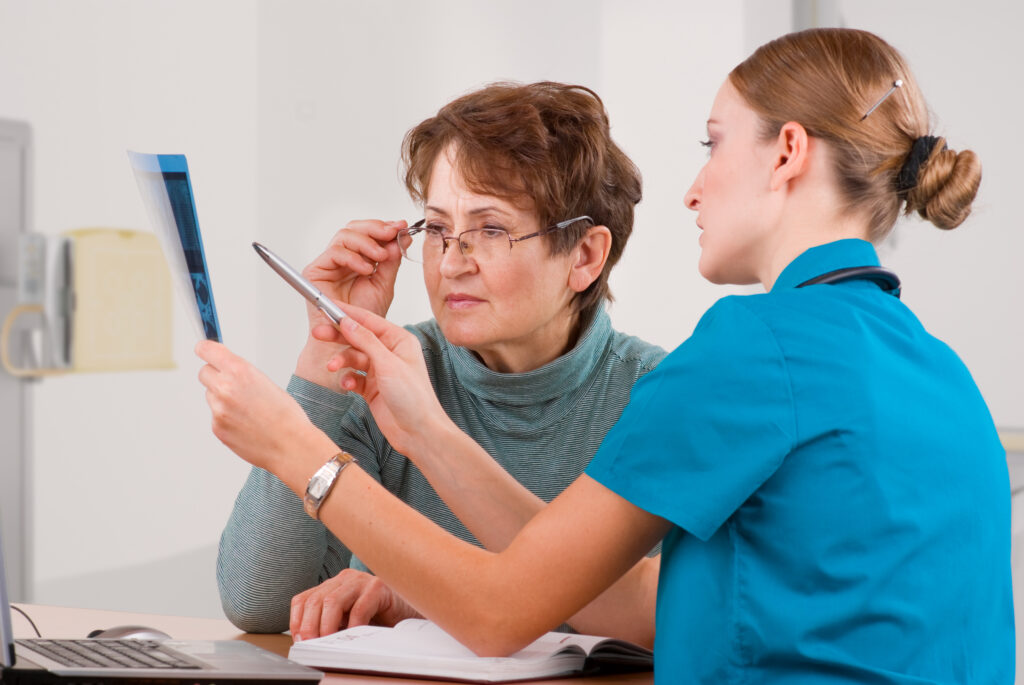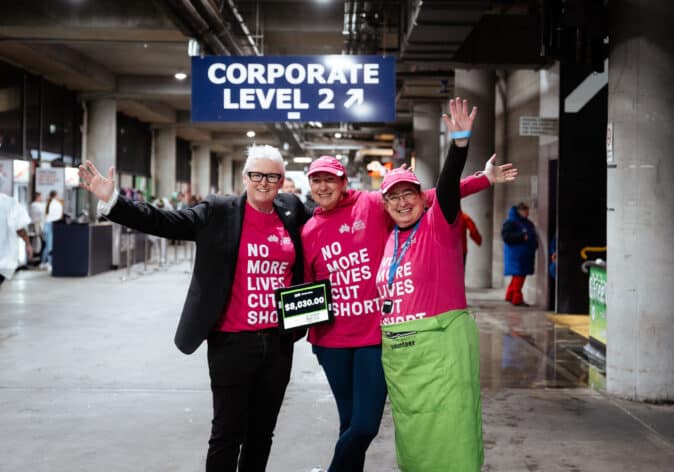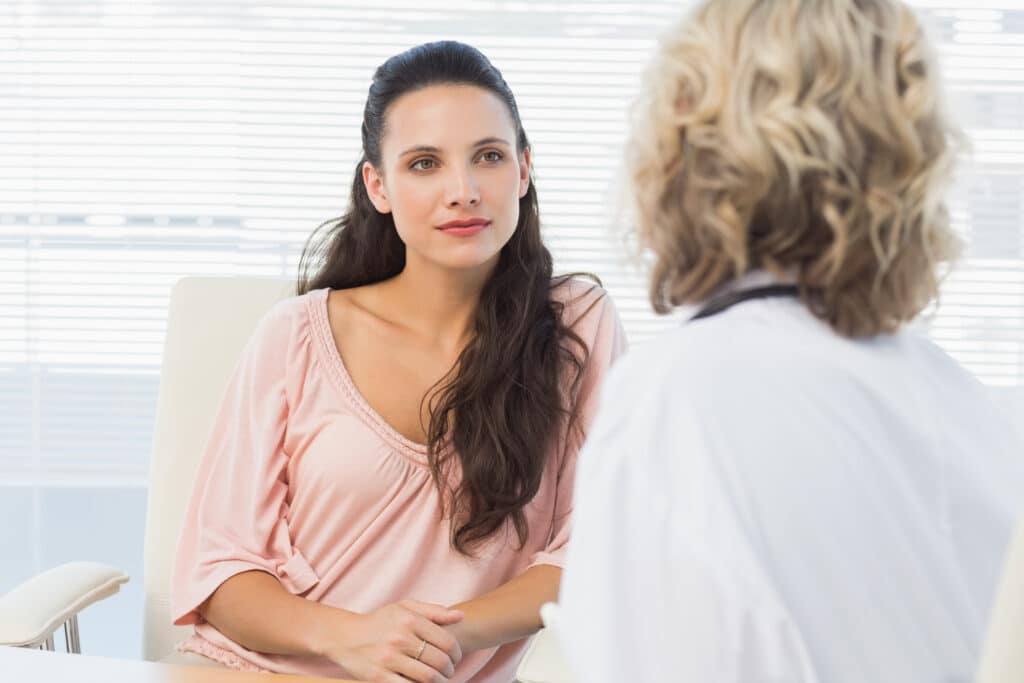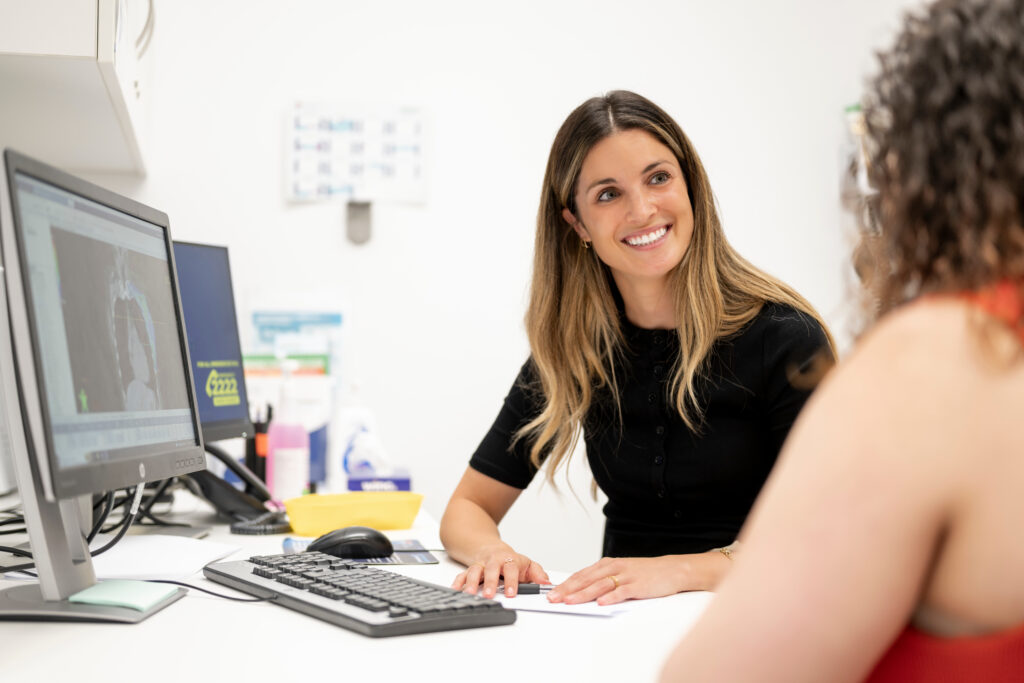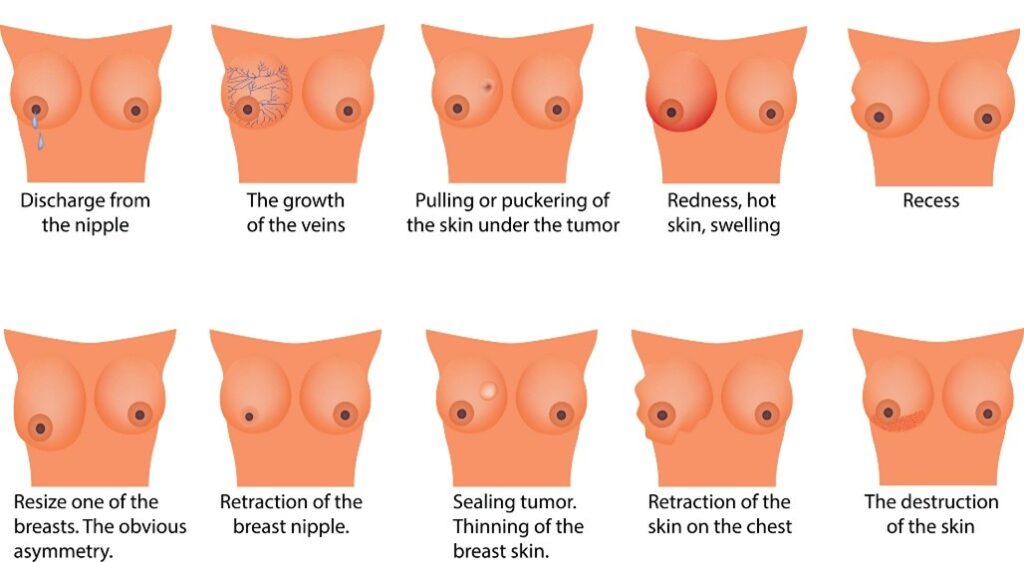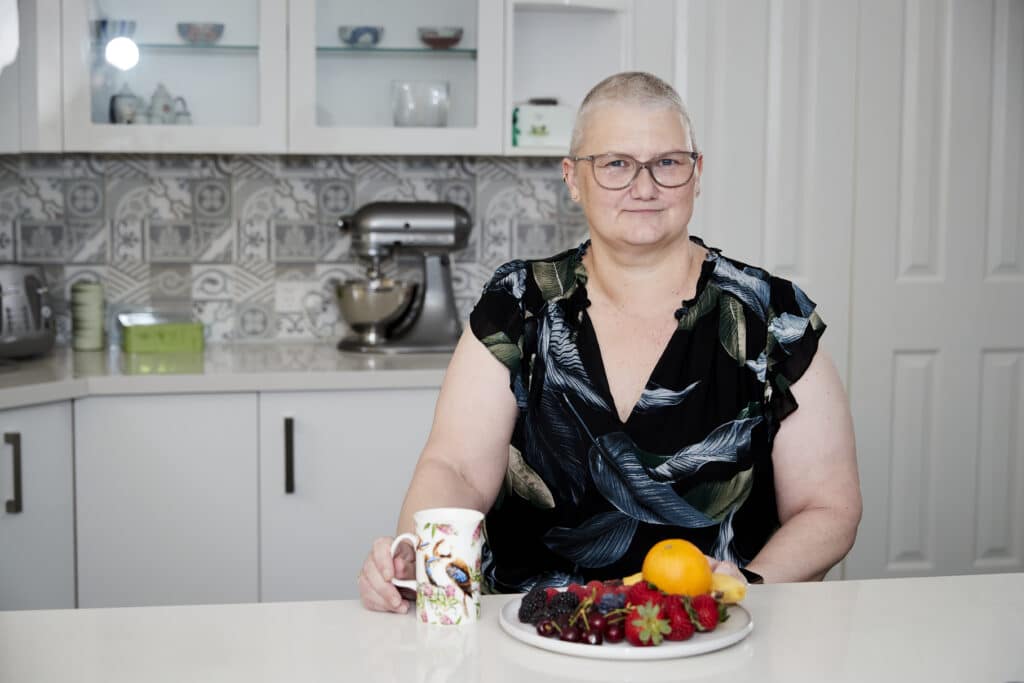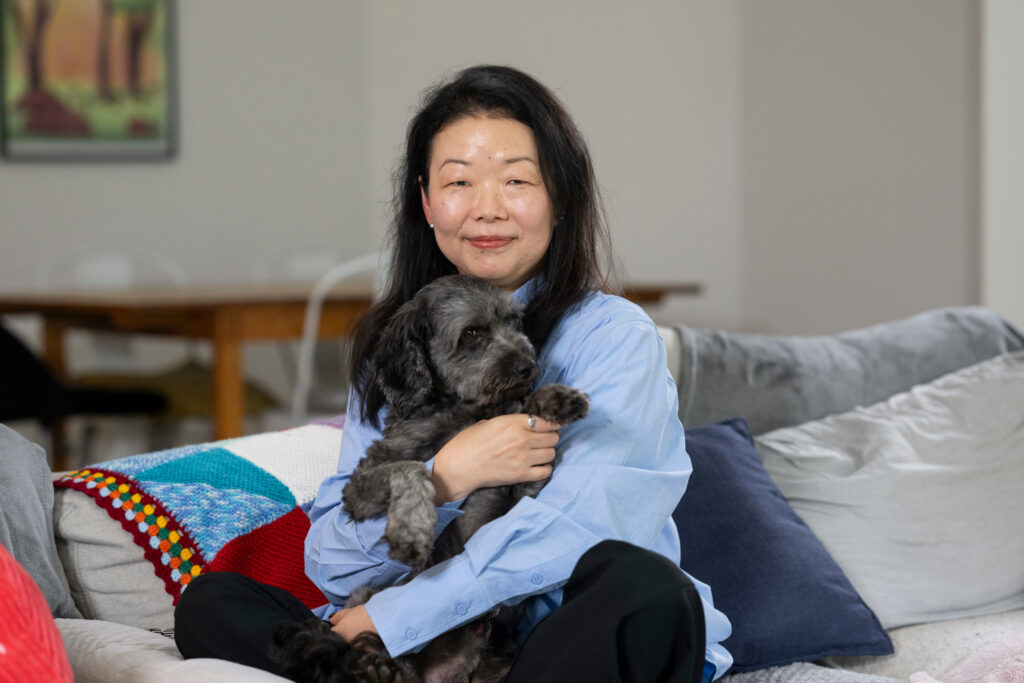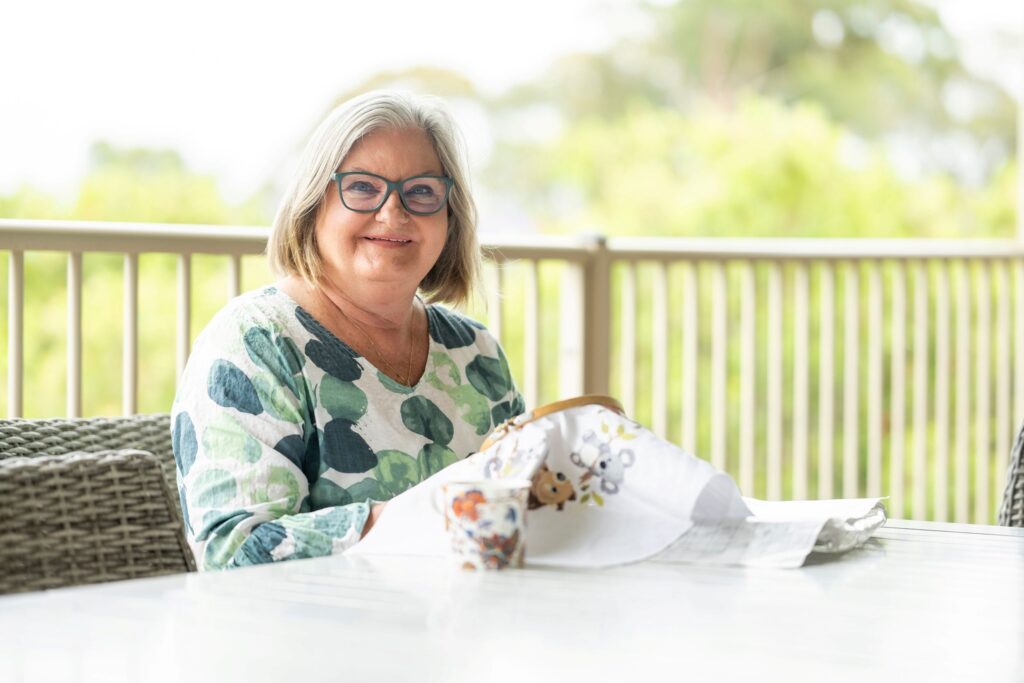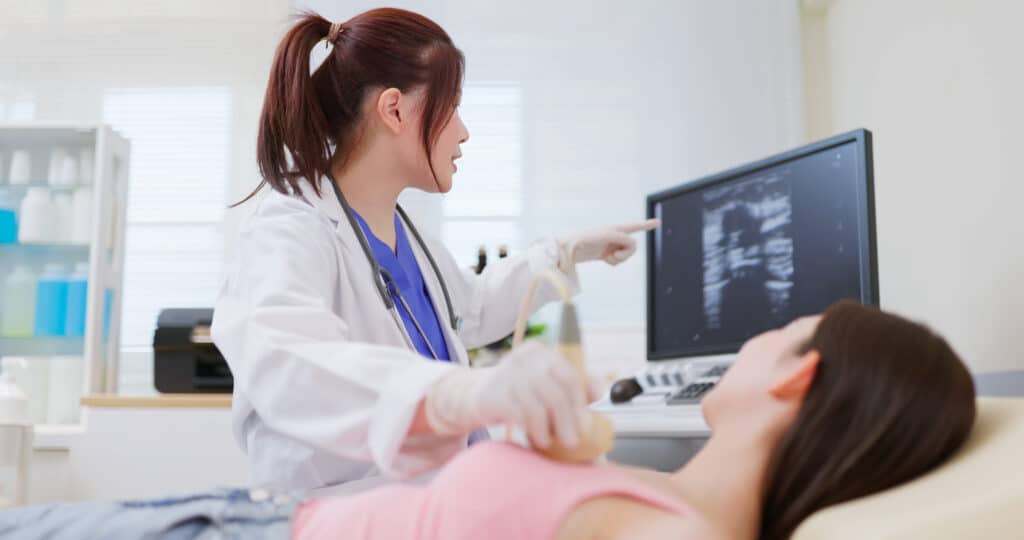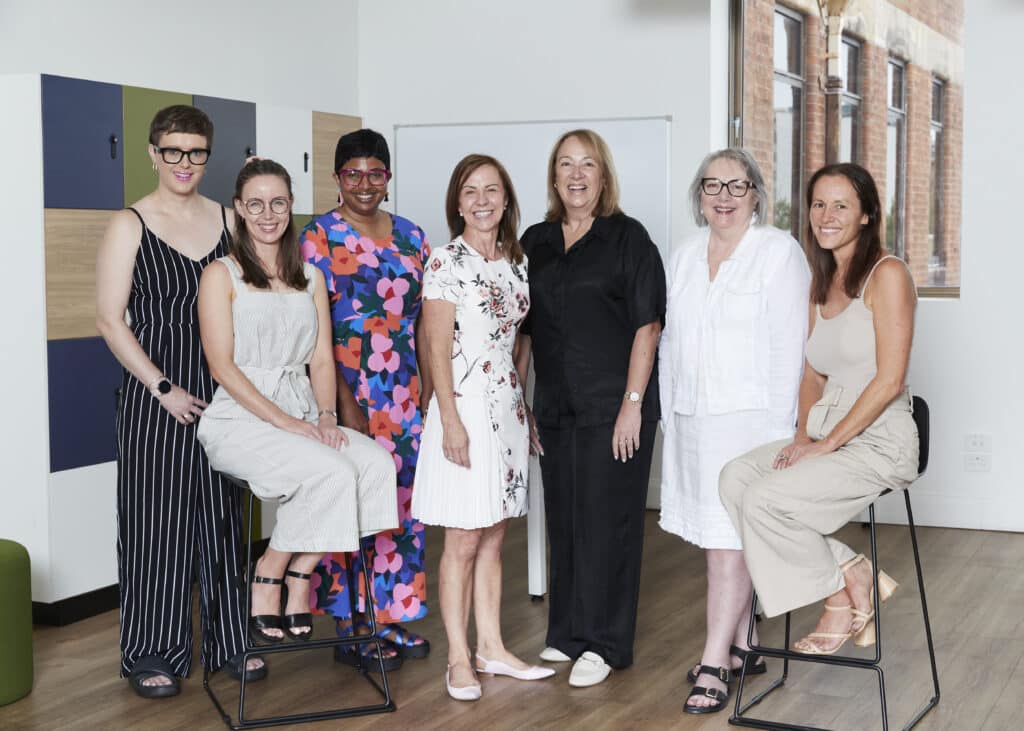Breast cancer and alcohol have long been linked and understanding how alcohol affects breast cancer risk is essential for individuals seeking to make informed lifestyle choices.
Cancer Australia states that alcohol increases the risk of breast cancer in all women and women who drink one standard glass of alcohol per day, have a 7% higher risk of breast cancer, compared to women who never drink alcohol.
The World Health Organization (WHO) advises that there is no safe level of alcohol consumption and the risk of breast cancer increases with each unit of alcohol consumed per day.
Breast Cancer Trials (BCT) conducted a Q&A event on the role and impact of diet and exercise in breast cancer, which included a discussion on the risk factors caused by alcohol.
Does alcohol cause breast cancer?
Alcohol consumption contributes to the development of breast cancer. Cancer Australia estimates that nearly 6% of breast cancer cases each year in Australia are due to alcohol consumption.
Cancer Research UK highlights three main reasons why there is a link between alcohol and breast cancer:
- When we drink alcohol, it’s broken down into a toxic chemical called acetaldehyde. Acetaldehyde can damage the DNA inside our cells and then prevent this damage from being repaired. This is important because it allows cancer to develop.
- Alcohol can increase the levels of certain hormones in the body, including oestrogen. We know that high levels of oestrogen can fuel the development of breast cancer, which is an important factor to keep in mind.
- Alcohol also makes it easier for cells in the mouth and throat to absorb other cancer-causing chemicals. This is probably more important for other cancer types linked to alcohol rather than breast cancer.
There have been many studies that have confirmed the link between alcohol and breast cancer, which are contained in a Cancer Australia report titled ‘Risk factors for breast cancer: A review of the evidence 2018.’ It includes evidence from:
- The International Agency for Research on Cancer (2012), who concluded that there is ‘sufficient evidence’ that ‘alcohol consumption causes cancer of the breast.’
- Alcohol and breast cancer risk new findings include a 2018 research project by the World Cancer Research Fund International and the American Institute for Cancer Research shed important light on this connection. The study, which analysed evidence from 62 separate studies, highlights the growing body of research linking alcohol consumption to an increased risk of breast cancer.
Breast Cancer Trials encourages individuals to assess their breast cancer risk using tools like iPrevent.
How much does alcohol increase breast cancer risk?
The connection between alcohol and breast cancer risk is dose-dependent, meaning the more alcohol consumed, the higher the risk of developing breast cancer. Studies indicate that for every additional 10 grams of alcohol (roughly one standard drink) consumed per day, the risk of breast cancer increases by 7% (National Cancer Institute).
Even light drinking, up to one standard drink a day, has been linked to an increased risk of developing breast cancer. It is suggested that there is no safe threshold for alcohol consumption regarding breast cancer risk. It’s essential for individuals to understand that alcohol and breast cancer are strongly connected, and reducing alcohol consumption can help lower this risk.
Research by Turning Point Australia suggests that 1 in 15 breast cancer cases and 1 in 5 breast cancer deaths in Australia are linked to alcohol consumption. For more information on ways to reduce breast cancer risk, including through lifestyle changes, visit our article on breast cancer prevention.
Which type of breast cancer is linked to alcohol?
Cancer Australia states that alcohol may increase breast cancer risk in a number of ways, including helping cancer-causing molecules to enter cells or damaging cell DNA.
The connection between alcohol and breast cancer is strongest with hormone receptor-positive cancers, such as oestrogen receptor-positive (ER+) cancers. These cancers are influenced by oestrogen, and alcohol can raise oestrogen levels in the body, which may assist these cancers to grow. However, alcohol has also been linked to oestrogen receptor-negative (ER−) breast cancers. This means that even if a cancer isn’t fuelled by oestrogen, alcohol can still increase the breast cancer risk (PubMed Central).
Alcohol and breast cancer risk after menopause
Alcohol consumption can increase the risk of breast cancer for all women.
Alcohol intake is linked to an increased risk of hormone receptor-positive breast cancers, which are more common after menopause. What makes this even more complex is the interaction between oestrogen based hormone replacement therapy (HRT) and alcohol. Some women use HRT to manage menopausal symptoms. Since alcohol can also raise oestrogen, the combination can further increase the risk of developing oestrogen-sensitive breast cancers.
It’s important to understand how these factors can work together when considering your health choices.
For more information on hormone replacement therapy and its potential impact on breast cancer, you can check out the resources provided by Breast Cancer Trials here.
Alcohol and breast cancer recurrence
For women who have had breast cancer, alcohol consumption can affect the risk of cancer returning. Drinking alcohol raises oestrogen levels, which can fuel the growth of oestrogen-sensitive breast cancers. This can increase the chances of recurrence, particularly for women in remission or those with hormone-receptor positive cancers.
It’s important for those in remission to understand how alcohol and breast cancer recurrence are connected. By limiting alcohol intake, individuals can reduce the risk of cancer returning and help maintain the effectiveness of treatments like oestrogen blocking medications.
What patients need to know about drinking alcohol with cancer
If you’re undergoing breast cancer treatment, it’s important to understand how alcohol might affect your treatment and overall health. Alcohol can interact with many cancer medications, in some cases decreasing their effectiveness or increasing side effects such as fatigue, nausea, and liver toxicity. In addition, drinking alcohol while undergoing treatment can weaken your immune system, leaving you more vulnerable to infections – something that’s especially concerning when your body is already under stress from cancer treatment.
If you’re receiving treatment for breast cancer, it’s essential to have a conversation with your oncologist about alcohol consumption. They can help you understand the potential interactions and guide you on how to manage alcohol intake safely during treatment.
The role of Breast Cancer Trials in advancing research
Breast Cancer Trials is at the forefront of advancing treatments for breast cancer, through clinical trials research. For more than 45 years, we have conducted a national and international clinical trials research program into the treatment, prevention and cure of breast cancer.
All treatments currently used in the clinic in Australia and New Zealand, have undergone a clinical trial to ensure efficiency and safety of patients. Some examples of cancer care milestones that have been achieved through clinical trials research are:
- Chemotherapy and hormone treatment which are effective for preventing breast cancer recurrence and can save lives.
- Mammograms which save lives through early detection of disease.
- Surgical procedures such as lumpectomies which enable surgeons to safely remove the cancer whilst preserving the breast.
- Drug treatments such as Tamoxifen which can prevent breast cancer in women with an increased risk of developing the disease.
- Personalised and targeted treatments which enables a specific cancer type to be targeted with a treatment that can improve patient outcomes substantially.
FAQs
Is there cancer risk from alcohol consumption?
Yes, there is a strong link between alcohol and breast cancer and each additional drink increases your likelihood of developing breast cancer. Even light drinking can increase risk.
Research from the Cancer Council Australia indicates that alcohol is a known carcinogen and contributes to the development of various cancers, including breast cancer.
Does quitting drinking reduce breast cancer risk?
Yes, quitting drinking can reduce the risk of breast cancer. Alcohol consumption is causally linked to several cancers, including breast cancer.
No amount of alcohol is entirely risk-free when it comes to cancer, and reducing alcohol intake can help lower this risk. “Even drinking small amounts of alcohol increases the risk of cancer, and the more you drink, the greater the risk” (Cancer Council).
It’s advisable for individuals undergoing treatments to consult with their healthcare providers regarding alcohol consumption. Healthcare providers can offer personalised guidance based on the latest research and the individual’s specific health context.
Sources:
- Alcohol and Drug Foundation: Alcohol and breast cancer (https://adf.org.au/insights/alcohol-breast-cancer/)
- Cancer Research UK: Alcohol and breast cancer – how big is the risk? (https://news.cancerresearchuk.org/2017/05/25/alcohol-and-breast-cancer-how-big-is-the-risk/)
- Cancer Australia report titled “Risk factors for breast cancer: A review of the evidence 2018” (https://www.canceraustralia.gov.au/publications-and-resources/cancer-australia-publications/risk-factors-breast-cancer-review-evidence-2018)
- Cancer Council Australia: Alcohol use, awareness and support for policy measures (https://www.cancercouncil.com.au/wp-content/uploads/2023/06/Community-Survey-on-Cancer-Prevention-Alcohol-Short-Report-2022.pdf)
- Cancer Council: Alcohol and Cancer (https://www.cancercouncil.com.au/cancer-prevention/alcohol/alcohol-and-cancer)
- PubMed Central: Alcohol consumption and breast cancer risk by estrogen receptor status: in a pooled analysis of 20 studies (https://pmc.ncbi.nlm.nih.gov/articles/PMC5005939/)
- Turning Point Australia: Do the women you care about know that alcohol can cause breast cancer? (https://www.turningpoint.org.au/about-us/news/reduce-breast-cancer-cases)
- National Cancer Institute: Alcohol and Cancer Risk (https://www.cancer.gov/about-cancer/causes-prevention/risk/alcohol/alcohol-fact-sheet)
About Breast Cancer Trials
Breast Cancer Trials is a world-leading research organisation dedicated to advancing breast cancer treatments through groundbreaking clinical trials, ensuring the most accurate and up-to-date information on skin changes and other breast cancer symptoms.
Sign up to our newsletter to stay up to date with the latest breakthroughs

